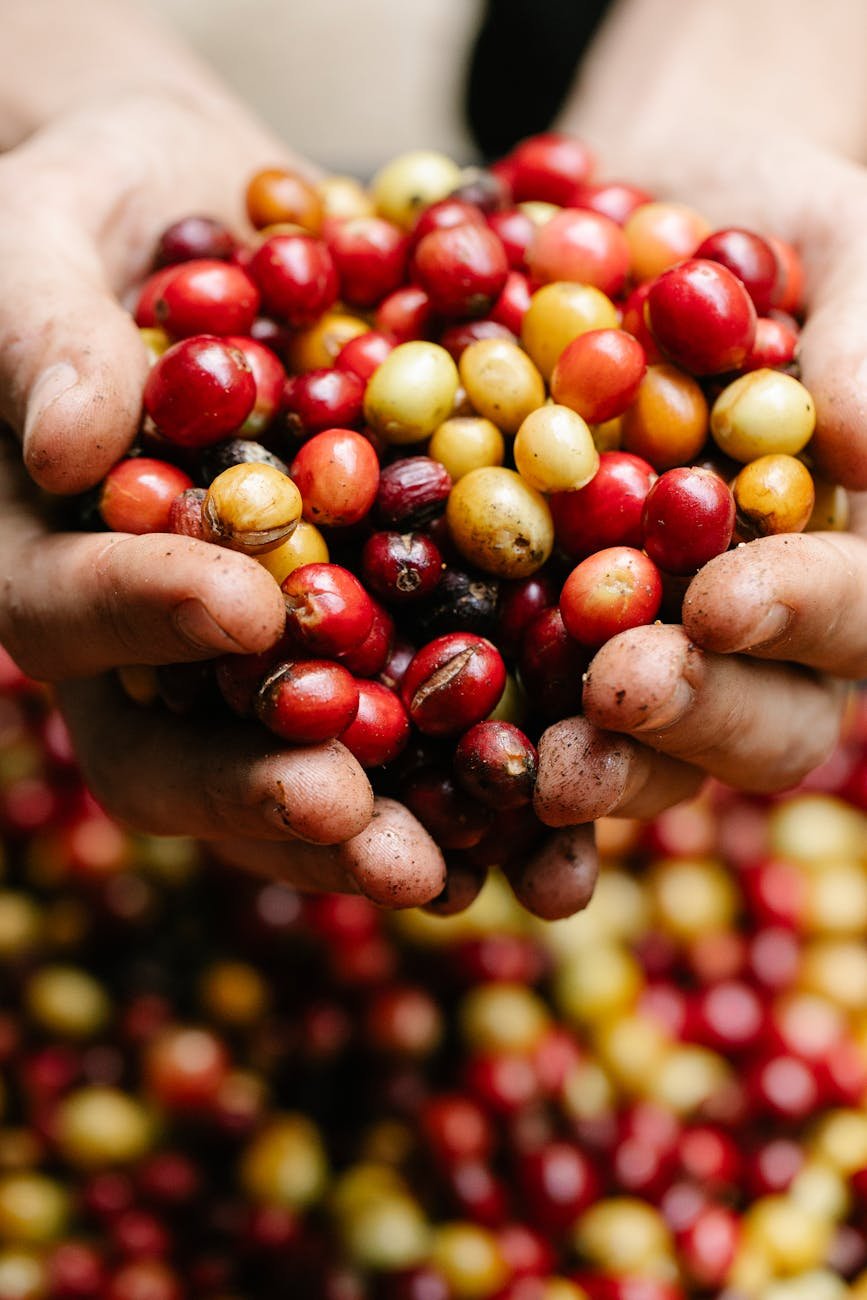
Understanding Off-Grid Living
Understanding off-grid living is essential for anyone seeking independence through sustainable practices. It involves a lifestyle that minimizes reliance on public utilities and maximizes the use of renewable resources. This approach not only encompasses energy independence. It also extends to food production, water supply, and waste management. It is a holistic way of life for those committed to self-sufficiency.
Permaculture plays a pivotal role in off-grid living, offering principles that guide the design of sustainable agricultural systems. Individuals can create productive ecosystems by working with nature. These ecosystems yield food. They also sustain soil health and biodiversity. This method encourages the use of heirloom seeds. These seeds are vital for preserving genetic diversity. They also enhance the nutritional value of crops.
Urban Permaculture design brings the benefits of off-grid living into city environments, allowing individuals to cultivate food in limited spaces. Techniques like vertical gardening and edible landscaping transform urban areas into green havens. These practices not only provide fresh produce. They also improve air quality and enhance urban aesthetics. This makes them an integral part of a sustainable lifestyle.
Aquaponics and hydroponics systems represent innovative solutions for growing food without traditional soil farming. These methods use water-efficient techniques to cultivate plants alongside fish, creating a symbiotic environment that maximizes space and resources. By incorporating these systems into off-grid living, individuals can produce high yields of vegetables. They can also generate protein while conserving water. Additionally, these systems help in reducing waste.
Finally, the nutritional value of foraged foods can’t be overlooked in off-grid living. By learning to identify and harvest wild edibles, individuals can supplement their diets with nutrient-rich options that are often overlooked. This knowledge not only fosters a deeper connection to the land. It also enhances self-reliance. Off-grid living becomes a fulfilling and sustainable choice for those seeking independence.
The Importance of Sustainable Nutrition

Sustainable nutrition is a cornerstone of off-grid living. It provides nourishment and fosters independence from industrial food systems. By integrating permaculture principles into our diets, we can create a self-sustaining ecosystem that promotes biodiversity and enhances soil health. This approach emphasizes the importance of growing our own food. It highlights foraging for wild edibles and understanding the nutritional values of what we consume. This ultimately leads to a healthier lifestyle and a reduced carbon footprint.
Incorporating sustainable practices into our nutrition means recognizing the value of heirloom seeds and their role in preserving genetic diversity. Heirloom varieties often boast superior flavor and nutritional content compared to their commercial counterparts. By cultivating heirloom crops, we support our own health. We also contribute to the resilience of our food systems. This practice aligns perfectly with the ideals of self-sustained small-scale farming. Each crop planted can yield multiple benefits for the individual. These crops also help the environment.
Urban permaculture design offers innovative solutions for those living in cities who wish to adopt sustainable nutrition practices. Vertical gardening techniques allow for efficient use of limited space, turning balconies and backyards into productive gardens. Hydroponics and aquaponics systems further enhance this capability, providing a way to grow food without soil, thereby maximizing resources. These methods not only produce fresh, nutritious food but also create green spaces that contribute positively to urban ecosystems.
The focus on soil health and regenerative practices cannot be overstated. Healthy soil is the foundation of nutritious food, and sustainable farming techniques help restore and maintain its vitality. By using composting, crop rotation, and cover cropping, we can improve soil structure and fertility. This leads to more resilient plants that are rich in nutrients. This holistic approach to farming ensures that we are feeding ourselves. We are also nurturing the land for future generations.
Finally, the nutritional value of foraged foods is an essential part of sustainable nutrition. Foraging connects us to our environment, allowing us to use wild plants that are often more nutrient-dense than cultivated varieties. By learning to recognize and harvest these wild edibles, we enhance our diets and deepen our appreciation for nature’s bounty. This practice underscores the importance of understanding our local ecosystems and incorporating their offerings into our sustainable nutrition plans.
